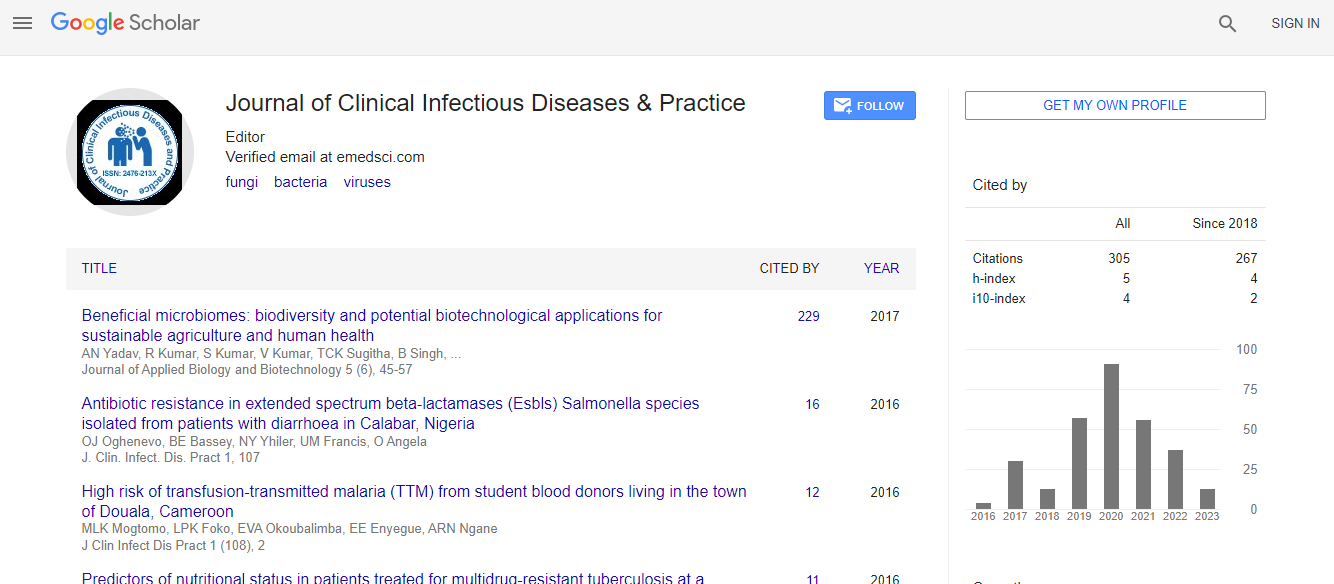Perception regarding syphilis
*Corresponding Author: Raveen Rajnath, Department of Microbiology, University of Calicut, Calicut, India, Email: raveenraj56@yahoo.com
Copyright: © 2021 . This is an open-access article distributed under the terms of the Creative Commons Attribution License, which permits unrestricted use, distribution, and reproduction in any medium, provided the original author and source are credited.
Abstract
Syphilis is caused by a spirochete bacterium called Treponema pallidum. It penetrates broken skin of the genitals or the mucous membranes of the mouth or anus. Syphilis is most generally passed on through vaginal without a condom or dental dam, with somebody who has syphilis. An individual can pass on syphilis regardless of whether they don't have any symptoms. Syphilis causes infectious chancres or rashes. Chancres shift in size from a couple of millimeters to a few centimeters. A chancre is typically easy, lone, and shallow, with a sharp line and raised hard edge. Around 70–80% of patients have rubbery, non-tender, swollen lymph nodes, frequently on just one side of the groin, during the initial stage of infection. If untreated, the chancre will remain for 1-6 weeks.

 Spanish
Spanish  Chinese
Chinese  Russian
Russian  German
German  French
French  Japanese
Japanese  Portuguese
Portuguese  Hindi
Hindi 
